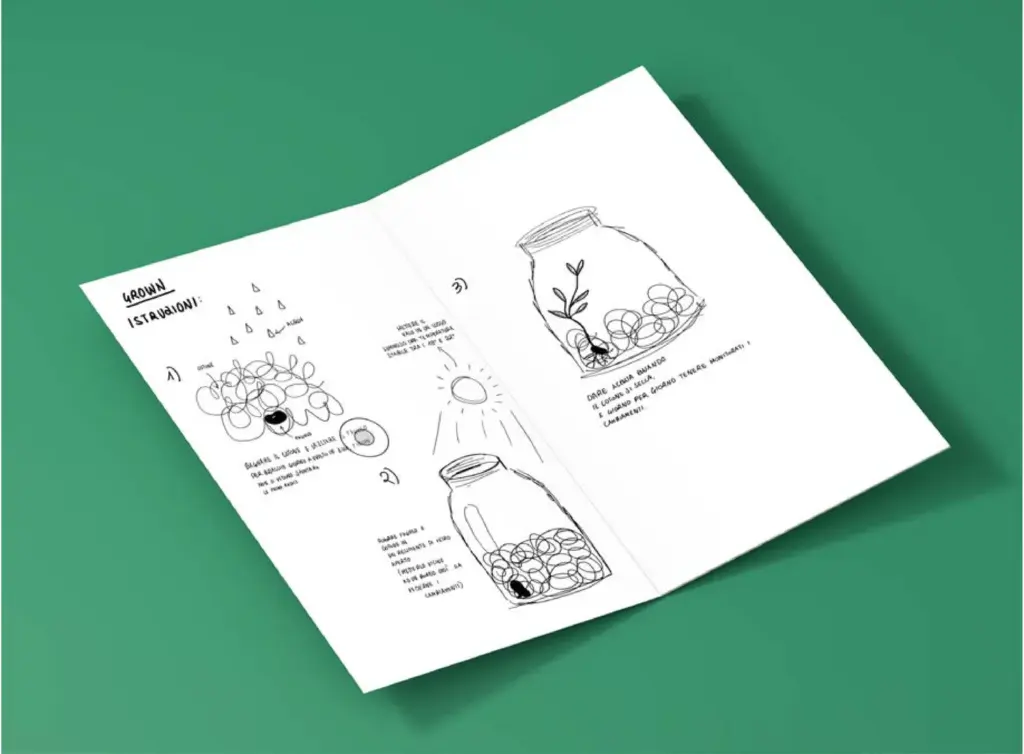Why I Design 24
Course:
Basic Design
Lecturer:
Tommaso Russo
Year:
First year
Students:
Marta Aghito
Nicholas Bianchin
Julius Cortivo
Francesca Bozzato
Mattia Carretta
Peter Bortoli
Federico Franceschini
The brief
Why design? What drives us to make our way in the world of design with the constant feeling that everything there was to create has already been created?
To paraphrase Paola Antonelli, the intellectual of the future is in all likelihood the designer, and as an intellectual he or she is called upon to ask numerous questions and to question pillars of design as much as of existence itself, seeking to depart increasingly from a self-referential form of design.
The designer of the future needs real design motivations that can guide his or her projects, and convey his or her authorship without imposing it in designed forms. These motivations rarely have to do with the design itself, but with the answer that each designer has been able to give to the questions: why do I design? Why do I do design? Why is design important? These are difficult questions, the answer to which is constantly evolving like the discipline of design itself after all.
George Orwell, with his essay Why I Write, sought to explain to himself and his audience why he wrote. To do so, he used the medium of writing itself. Explain “Why I Write” by writing.
Along the lines of this essay, first-year students were asked to answer the question of “Why I project” by designing.
Projects - FORM AND CONTENT.
The project explores the concept of empathy through yawning, an unconscious manifestation of the ability to connect to others. In a fast-paced and superficial world, understanding emotions is often overlooked.
With ten photographs for each expression, the work analyzes the differences between two similar but different gestures: yawning and screaming, showing how context affects perception.
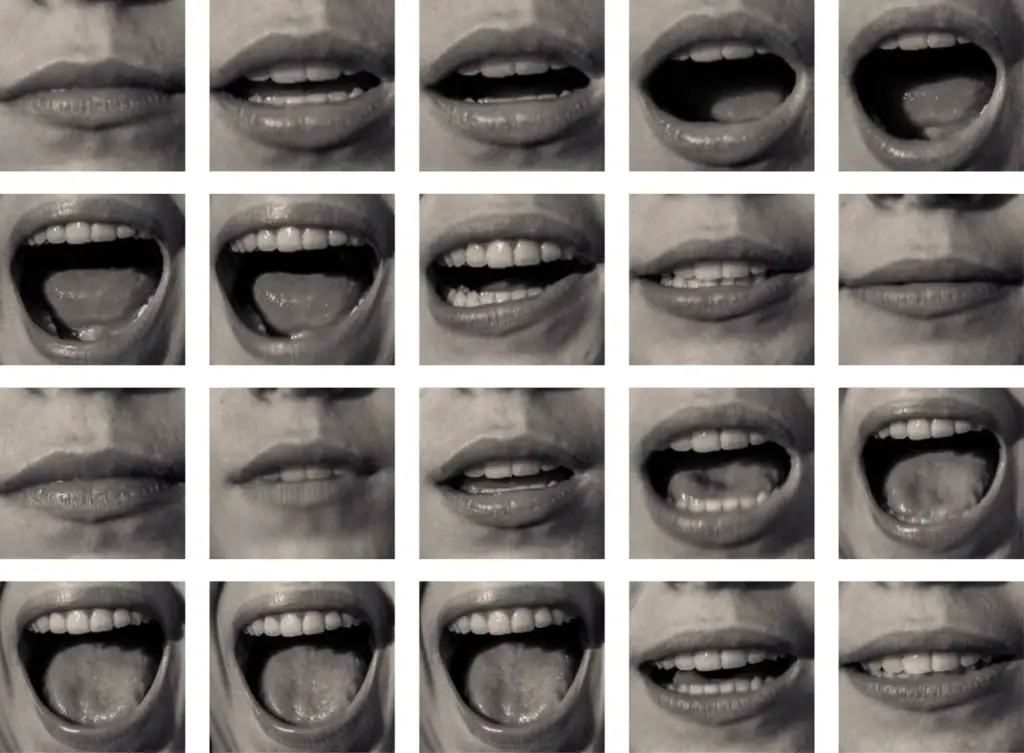
Projects - How not to stink
The project explores the link between design, education and sociology through the book How Not to Stink.
In a humorous tone, it illustrates uncivilized behavior interpreted by a metaphorical character, a “stinker,” to raise children’s awareness of the importance of mutual respect. More than a guide, the book invites reflection on living together in society.
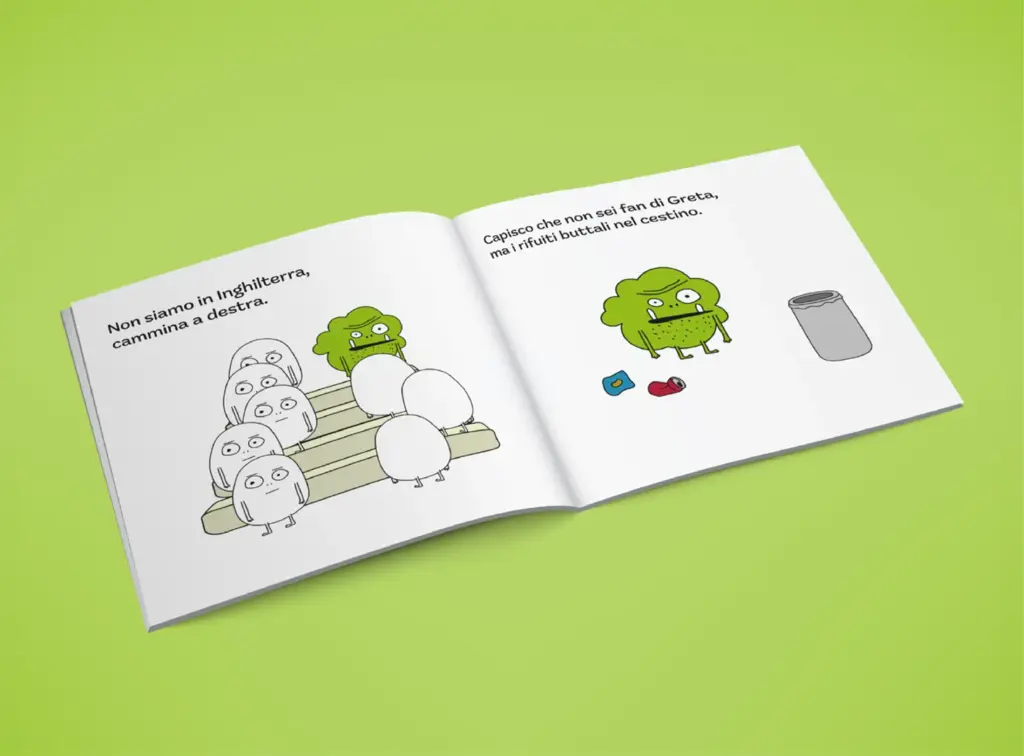
Projects - Stand & Sit
Change starts with everyday gestures, such as going to the bathroom. Stand & Sit proposes a new division of public restrooms based on posture instead of gender: those who sit go to the “Sit” area, those who stand go to the “Stand” area.
A simple and inclusive system that transcends labels and promotes a more equitable view of shared spaces.
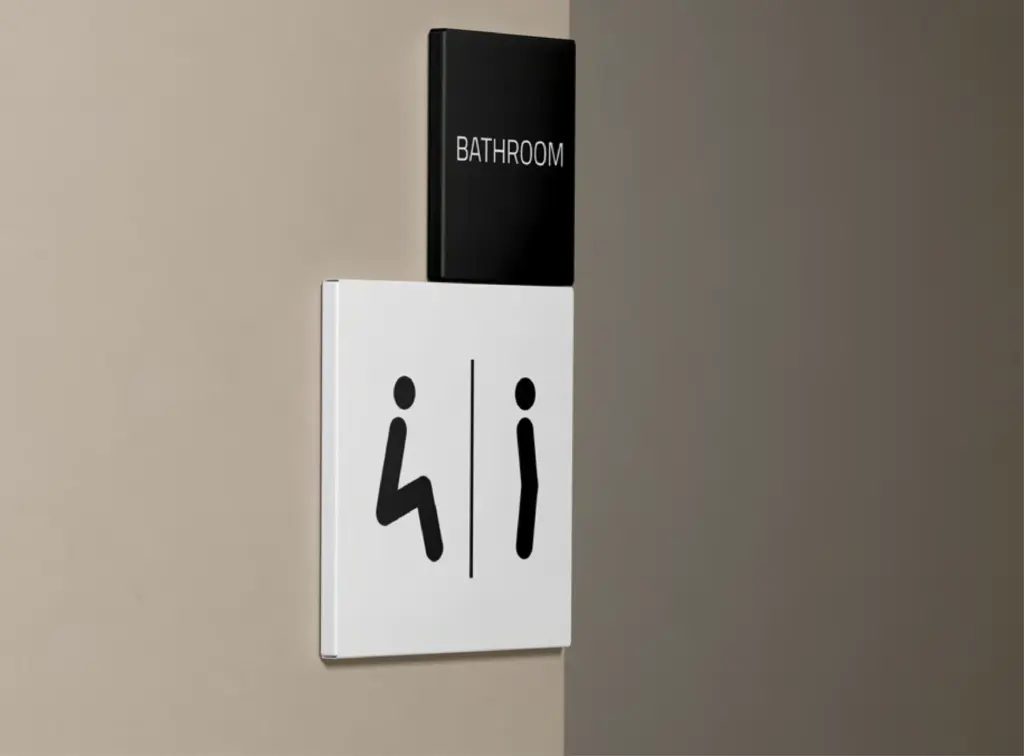
Projects - Achieved
The Achieved project represents personal achievement in the path of design. Through a patch depicting a staircase, it symbolizes the uphill journey and the satisfaction of having made it.
The goal is to create something concrete and useful, achieving personal and professional growth. Design thus becomes the means to realize and celebrate one’s achievements.

Projects - Invoicing Ideas
Design is the means by which the author overcomes imposed patterns, freely expressing his or her ideas and transforming them into projects that entertain both those who create them and those who experience them.
The book proposes an alternative approach to everyday actions, such as eating fruit, stimulating creative thinking and showing that innovation can come from even the simplest insights.
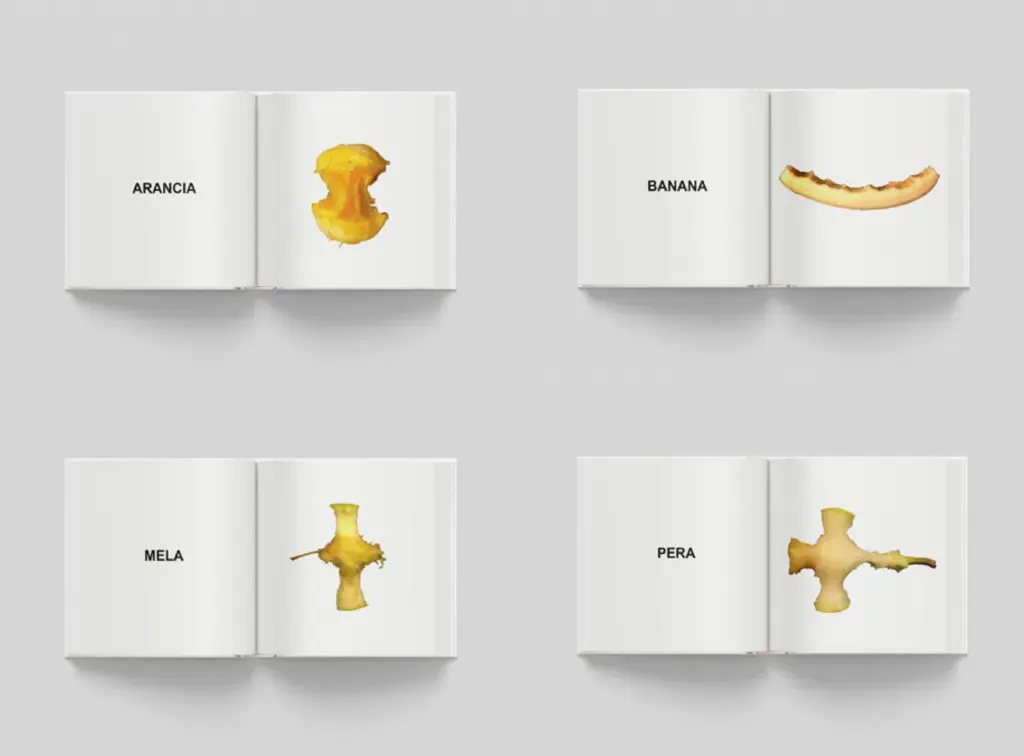
Projects - DESIGNING to give (s)PROPORTION.
The project explores proportion through its opposite: disproportion. A two-chapter publication analyzes how we perceive visual balance, starting from the inversion of proportional calculations to practical application in real-world contexts.
The goal is to help the reader find his or her own definition of proportion, influenced by personal life and experience.
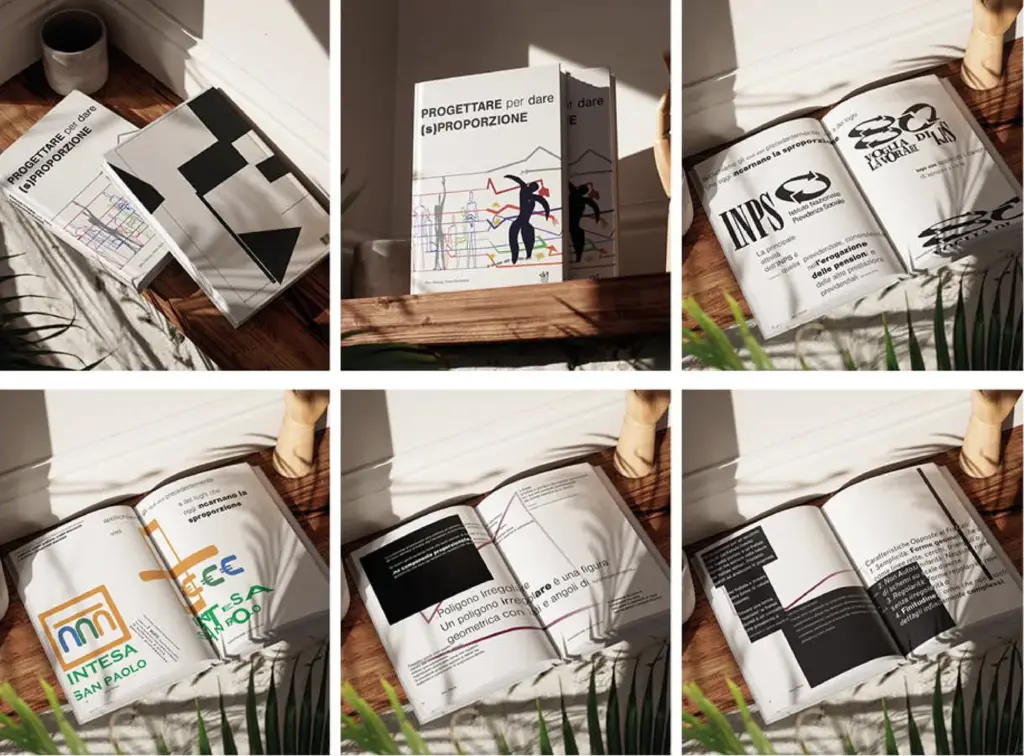
Projects - GROWN
Born as a photographic collection, Grown becomes a practical guide to overcoming creative block. The seed, a metaphor for the design process, symbolizes the evolution of ideas: observation, change and unpredictable growth.
The result is a pocket-size booklet with instructions on how to germinate a seed and ten examples of projects born from daily observation of its development.
